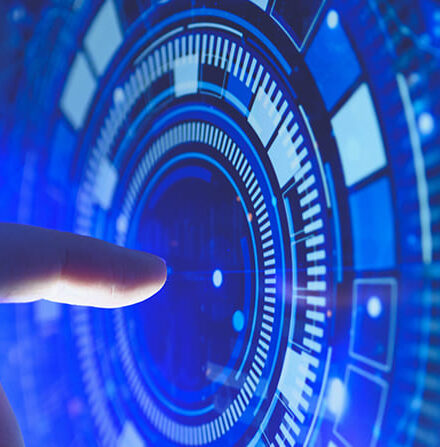Episode 18 Big hit
Create a “standard” Japanese input system
Sales supported by Softbank
“Ichitaro” was launched with the goal of becoming the best in Japan, and in less than a year, sales surpassed 30,000 units. It was a huge hit
unmatched by any other personal computer software at the time.
There may be various reasons why Ichitaro was widely accepted by users, but I think the most decisive factor was its ease of use. The key
feature of this product, automatic kana-kanji conversion, includes a function called “group paragraph conversion” to enable conversion
after typing a certain amount of text, rather than one character at a time.
This originally developed conversion system evolved into “ATOK”, which is still in use today. It looks up a huge number of kanji
characters. For example, if you type “kanji” in hiragana, a variety of kanji conversion candidates are displayed. Based on the frequency of
use of the word or expression by the user, the system automatically selects the kanji conversion candidates in the order it deems most
appropriate. The user then types in the suggested conversions using the space key, which was not commonly used on PCs at the time.
Simply put, we have created a Japanese input system that is still widely used today. Furthermore, we made this system applicable to other
companies’ software as well. These practices may seem commonplace today, but back in the mid-1980s, I am proud to say that each of
these efforts was groundbreaking. We conceived the ideas ourselves, and the engineers led by Hatsuko turned them into a product.
Another key to Ichitaro’s success, I believe, was the successive release of new versions of the product. The strategy was to keep evolving
the product so that other companies would not catch up.
Supporting Ichitaro’s success in terms of sales was then Softbank Japan. The company had just been founded as a wholesaler of computer
software, but at that time they were mostly dealing with game software. They were planning to make a full-scale entry into the marketing of
business software such as word processors, so I suppose handling Ichitaro was also a great advantage for them.
The founder, Mr. Masayoshi Son, was just recovering from chronic hepatitis at the time, so he temporarily entrusted the management of the
company to someone else. By 1986, when he returned to his position as president of the company, sales of Ichitaro had already begun to
take off.
I have known Mr. Son for a long time, both officially and privately, and I invited him to join me for a round of golf, one of my few hobbies,
around this time. He was hesitant at first, saying, “Golf is a bit of a luxury game,” but I advised him, “Just think of it as physical exercise.” I
suggested that it would be the best way to improve his physical strength, as he had just recovered from an illness.
This is how I came to play golf with Mr. Son, both in Tokushima and in Tokyo.
Since 1990, I have served as chairman of the current Computer Software Association of Japan, or CSAJ, which was then called the Japan
Personal Computer Software Association, or JPSA, when it was established by Mr. Son. I remember when, at a party of the association, I
gave a welcome speech to everyone, and just as we were beginning to chat, Mr. Son suddenly approached me.
“Mr. Ukigawa, why don’t we go to the golf driving range together from now?”
When the two of us sneaked out of the venue, there was Mr. son’s car waiting for us. We then went together to a practice field in Shiba,
Tokyo, where he said, “I just recently bought this club. Isn’t this nice?” with stars in his eyes. I thought he was like a little boy.
We also experienced a tough time at a friendship golf tournament between our companies when a typhoon hit the area. The day after
Softbank went public on the OTC market in July 1994, Mr. Son shot an even-par 72 for the first time. I remember Mr. Son happily saying,
“I am happier than when the company went public.”

I would often play golf with Mr. Masayoshi Son
(far right) (second from the right is the author, in 1993)




